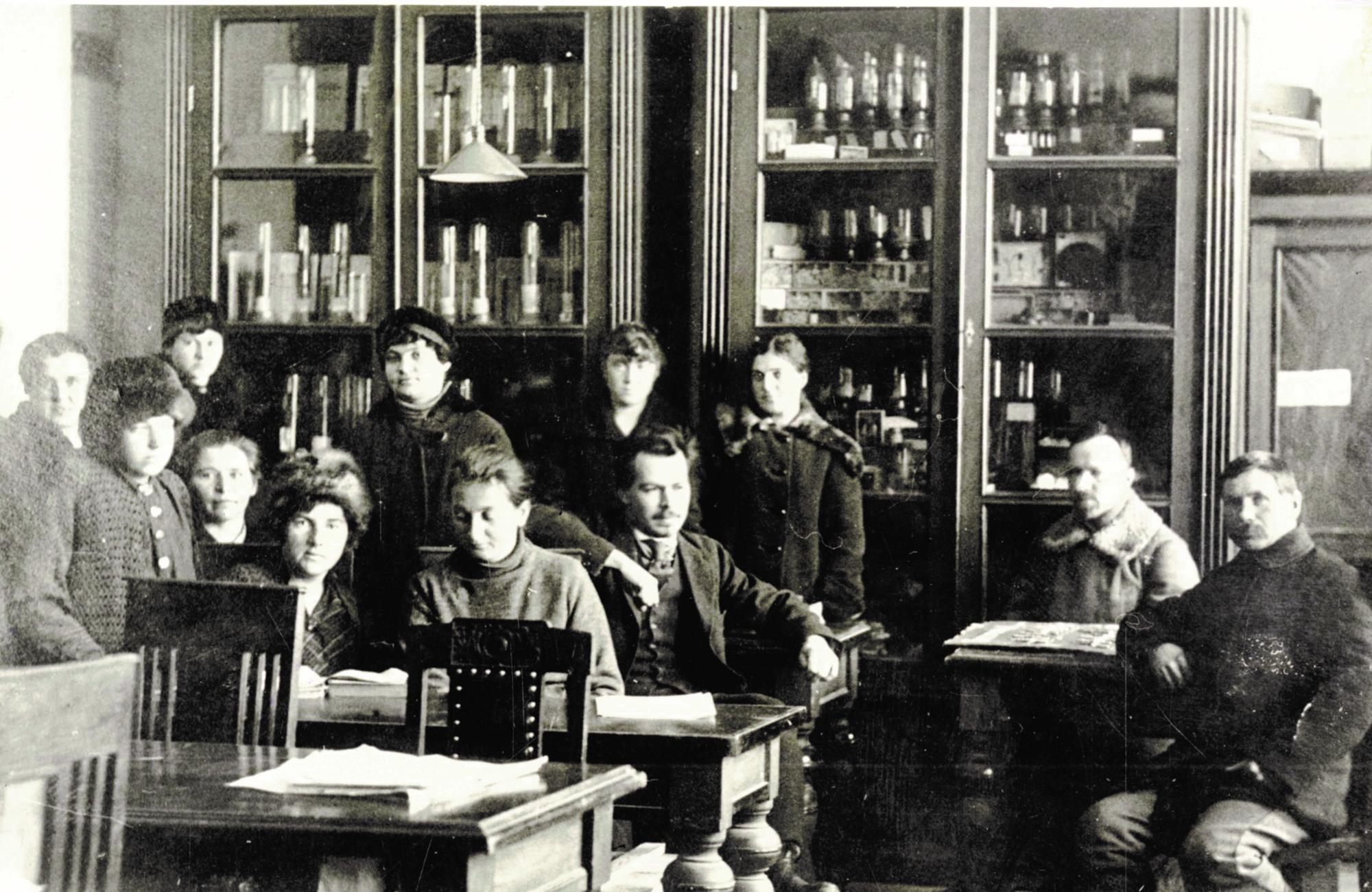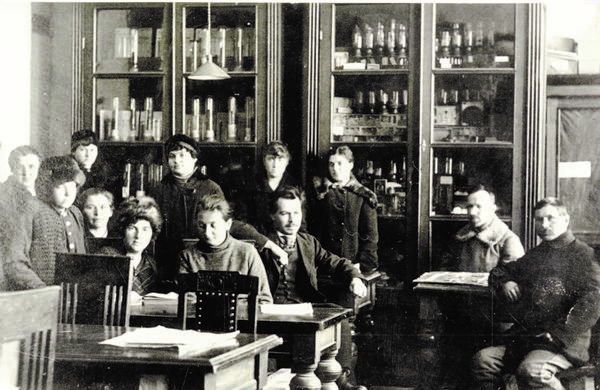Nikolai Vavilov sits in the center of this photograph with his colleagues and students from Saratov University’s Crop Farming and Selection Research Laboratory. Geneticist, crop breeder and pioneering biologist, Nikolai Vavilov, is widely known not only in Russia, but also further afield. Saratov, where the scientist spent around five years of his life makes up a significant part of his biography. From 1917, Vavilov worked as the Crop Science Higher Agricultural Courses’ faculty instructor. He was a professor at Saratov University between 1918 and 1921. The academic Piotr Zhukovsky said the following memorable words about him: “Despite not remaining there for very long, it was while he was in Saratov, that the star of the scientist N.I. Vavilov truly rose to the sky.” It was here that he became involved in world-class research. The scientist discovered the famous law concerning the homologous series in hereditary variation, which was of great significance for the development of biological sciences. Vavilov presented the law’s thesis at the Second All-Russian Congress on selection and seed development, which took place in Saratov in 1920. The scientist was called ‘Biology’s Mendeleev’ at the this congress.
Nikolai Vavilov sat on the council of the Saratov Society of Naturalists and Natural Science enthusiasts. He was one of the organizers of the Saratov branch of the Russian Geographical Society, The South-Eastern Region’s Botanical Society and the Regional Museum.
The last and tragic page of the scientist’s life is also connected to Saratov. Following a wrongful accusation, Nikolai Vavilov was declared an enemy of the people. he was arrested and sentenced to death in 1941. At the beginning of the Great Patriotic War, Vavilov and other prisoners at the Butyrka prison were moved to Saratov. In 1942, his custodial sentence was cut to twenty years. He remained in NKVD prison № 1, where he died from atrophy in 1943. Vavilov was buried at the Saratov Resurrection Cemetery. The exact place of his burial is not known.
A memorial to the scientist is to be found on Nikolai Vavilov street, in the center of Saratov. Sculptor Konstantin Suminov and architect Alexander Siniy designed the monument.
Nikolai Vavilov sat on the council of the Saratov Society of Naturalists and Natural Science enthusiasts. He was one of the organizers of the Saratov branch of the Russian Geographical Society, The South-Eastern Region’s Botanical Society and the Regional Museum.
The last and tragic page of the scientist’s life is also connected to Saratov. Following a wrongful accusation, Nikolai Vavilov was declared an enemy of the people. he was arrested and sentenced to death in 1941. At the beginning of the Great Patriotic War, Vavilov and other prisoners at the Butyrka prison were moved to Saratov. In 1942, his custodial sentence was cut to twenty years. He remained in NKVD prison № 1, where he died from atrophy in 1943. Vavilov was buried at the Saratov Resurrection Cemetery. The exact place of his burial is not known.
A memorial to the scientist is to be found on Nikolai Vavilov street, in the center of Saratov. Sculptor Konstantin Suminov and architect Alexander Siniy designed the monument.


